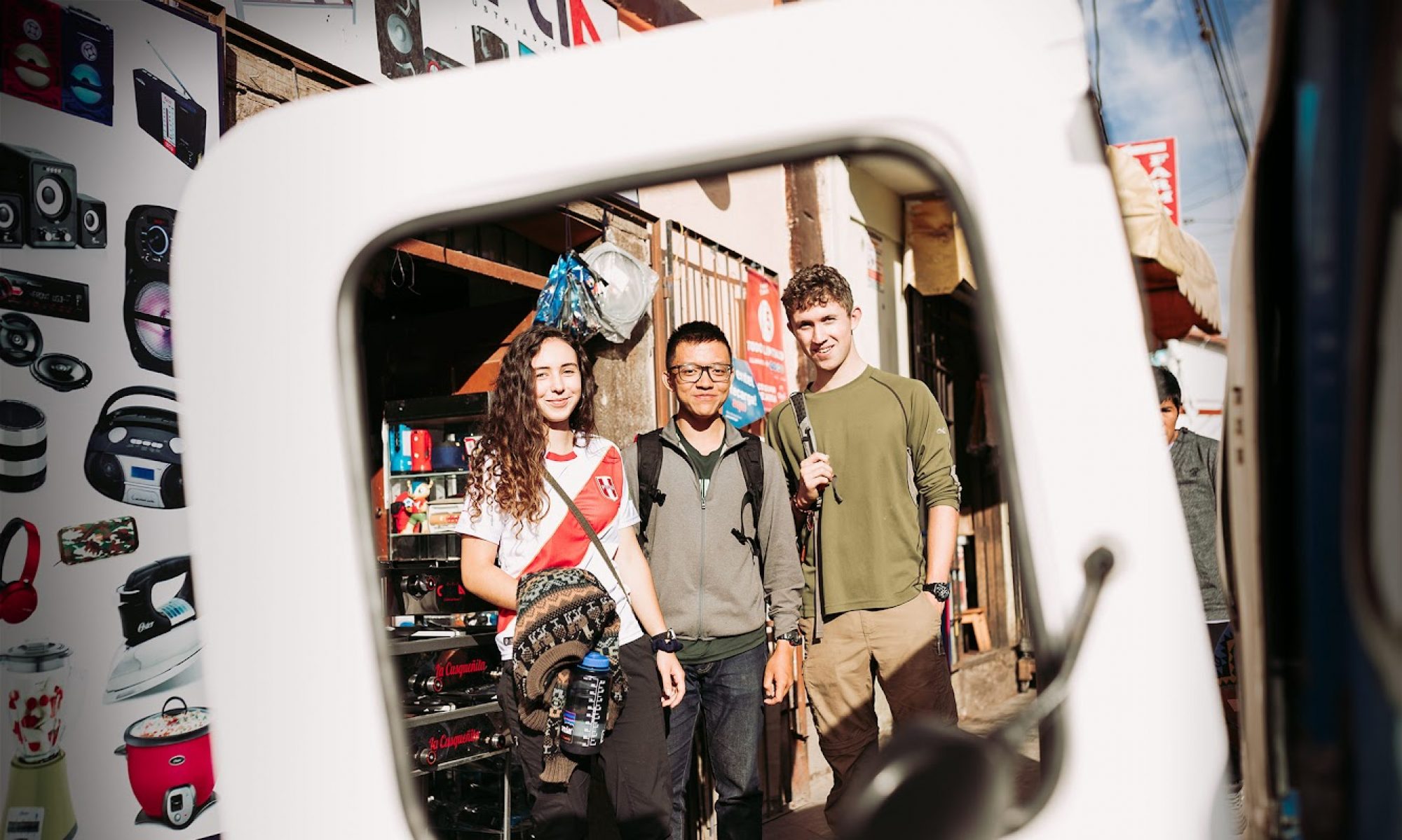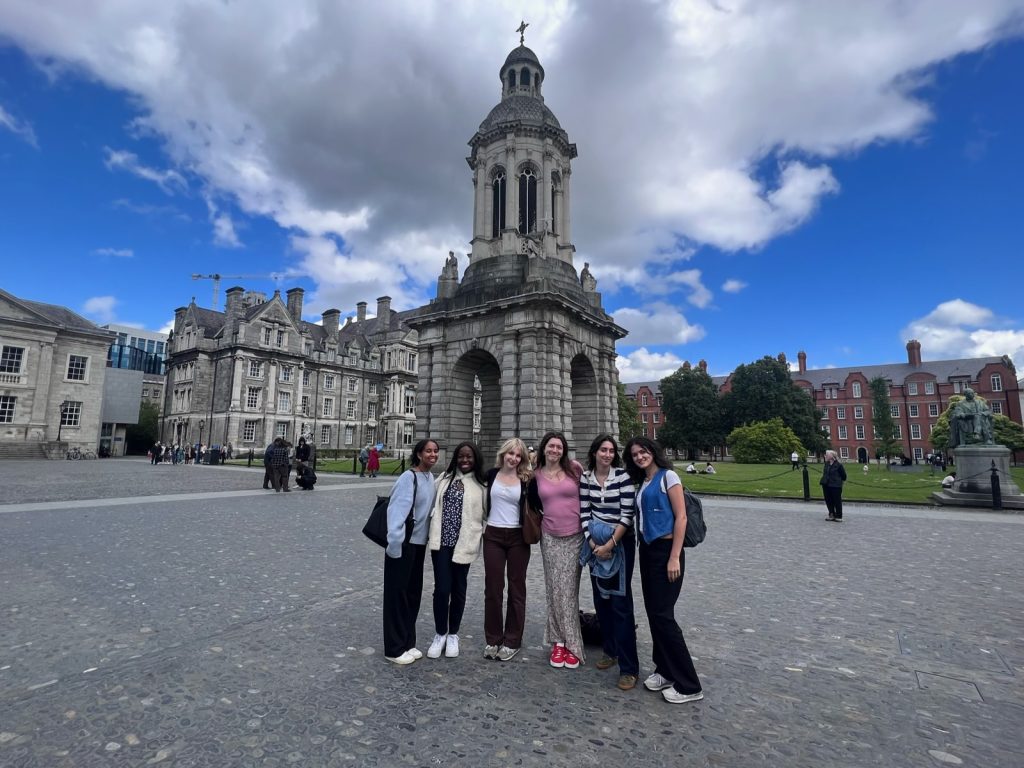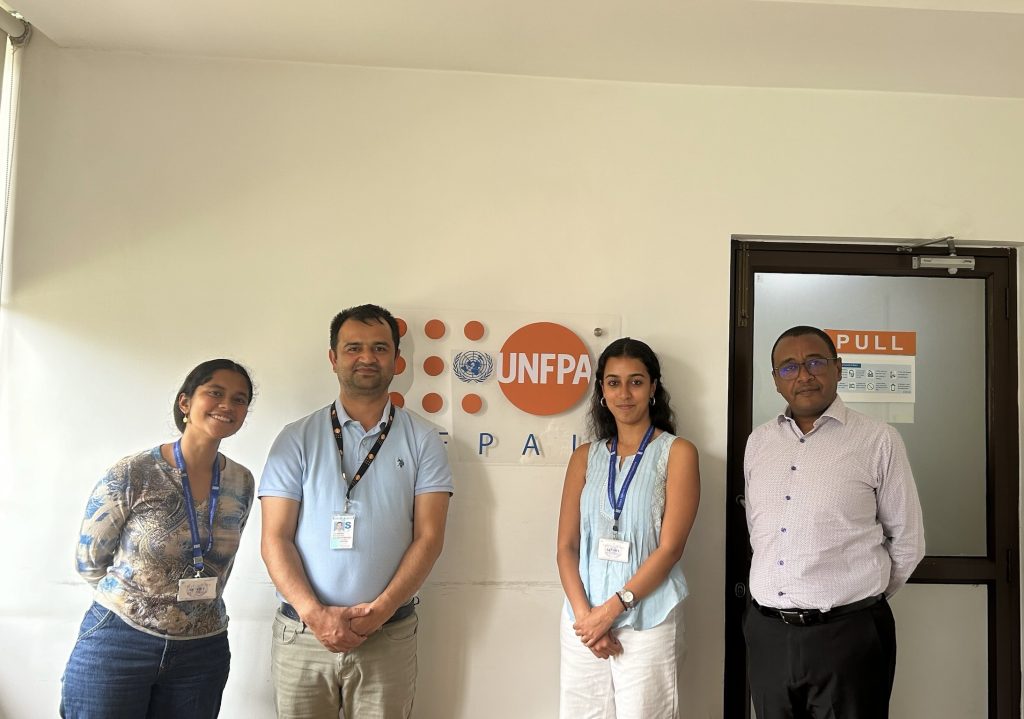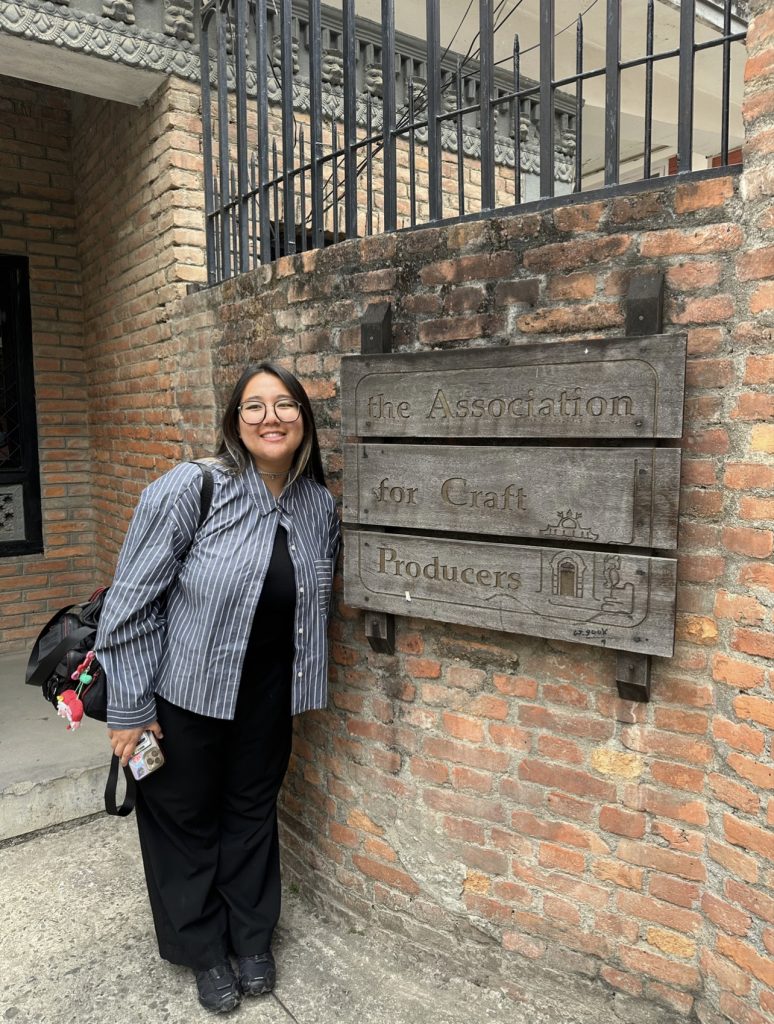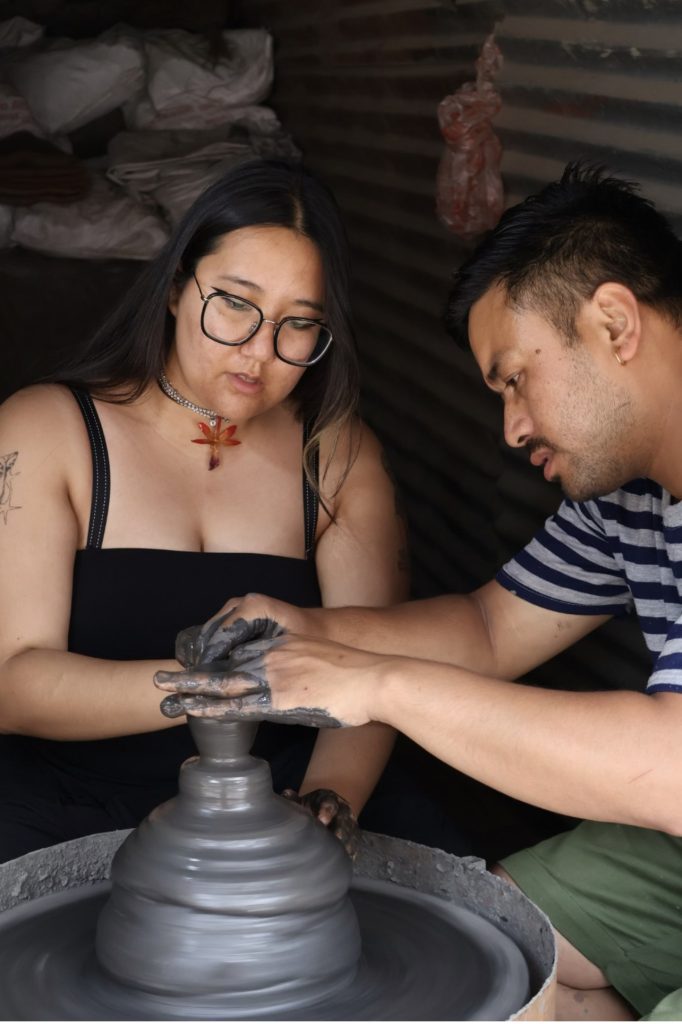By Olivia Ballentine
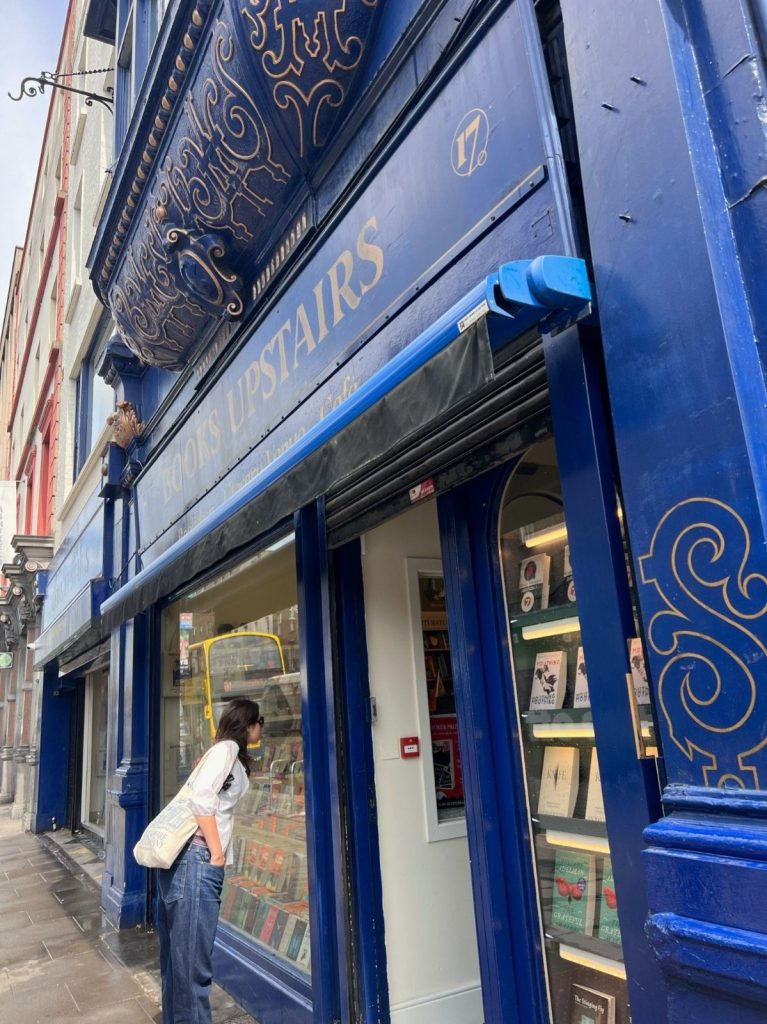
Today was our fifth full day in Dublin, Ireland. In less than a week, our group of dedicated and passionate female students has become very intimate and it has been extremely exciting to bond over new shared experiences. (Obviously when six girls are put in a small hostel room, it can only go one of two ways). Additionally, as a rising sophomore surrounded by upperclassmen, I feel very lucky and inspired by my intelligent peers on this trip, especially as I observe their dedication and passion to furthering their knowledge of International Relations.
Although I have still not decided my major at Tufts, being a member of WIIR (Women in IR), has uplifted me academically in the past year. Especially during this trip, the people of this club have inspired me to be more ambitious with less fear about being curious and asking the questions that matter to me.
To start our day off, Madison, Oyinkansola, and I met with Susan Miner, a volunteer with Alternatives to Violence Project (AVP) at a nearby cafe for some coffee and brunch. After introducing ourselves, Susan provided us with context about her background and involvement with her organization as a volunteer. It was incredibly interesting to learn about her experience as an American who has lived in Dublin for over 30 years, and her motivations for staying after completing her Masters degree at University College Dublin. I found her reflections on her work in prisons particularly interesting, as she distinguished much of the differences between male and female incarceration. Women, more often than not, will serve less time, yet their absence is incredibly disruptive when leaving behind a family, job, and home. Furthermore, we discussed her approaches for community building and her time spent with incarcerated individuals.
Conflict resolution, she stressed, is best tackled when a relationship is built between two people, no matter their identity, and when the connection is building on an understanding of empathy and respect. These words stuck with me for the rest of the day, especially thinking about our group’s collective interest in the refugee/migrant experience in Ireland.
Afterwards, Madison and I started our bookstore crawl, beginning with Books Upstairs, located very close to Trinity College! I was mesmerized by the beautiful blue storefront, and inviting inside. I found their selection of Irish and Feminist literature to be particularly vast, and decided on buying Bellies, which is a recent novel written by transgender author Nicola Dinan. Afterwards, we took a short walk to the Oscar Wilde house at One Merrion Square. This historical building was the childhood home of Wilde and where he lived even during his first year of university at Trinity. Most of the rooms were still decorated with the old furniture and details of the home, and I especially enjoyed the peaceful library on the first floor of the house.
At three pm, Madison, Maya, and I headed to the Irish Council of Civil Liberties office in Temple bar to meet with Luna Liboni and Ronan Kennedy. Our conversation was extremely insightful, and after having met with several grassroots organizations earlier in the week, it was refreshing to speak with an organization that does more policy work. Ronan and Luna were especially informative on the inner workings of hate crime and discrimination legislation in Ireland. It was evident that their tireless dedication to their organization comes from both a personal and professional inspiration for social justice in their country. We are so thankful for their generosity and hospitality during our time in their office. To finish the day, we checked out Connolly Books, as per the suggestion of Ronan, which is known as Ireland’s oldest Radical bookshop. I enjoyed their selection of Palestinian and Irish literature as well as various stickers, pins, and posters.
Tomorrow, we will go on a day trip to Belfast, and I am even more excited to explore what this new city has to offer in the arts, culture, and society!
